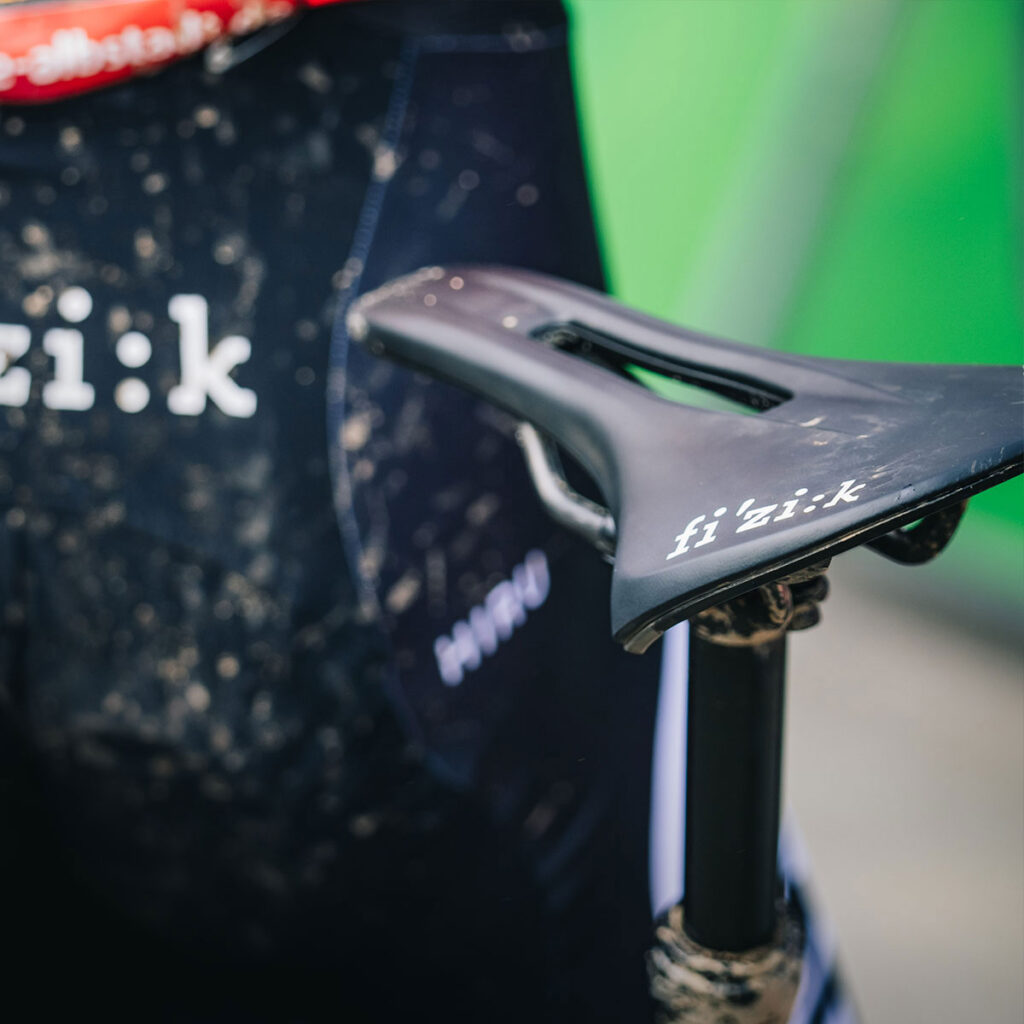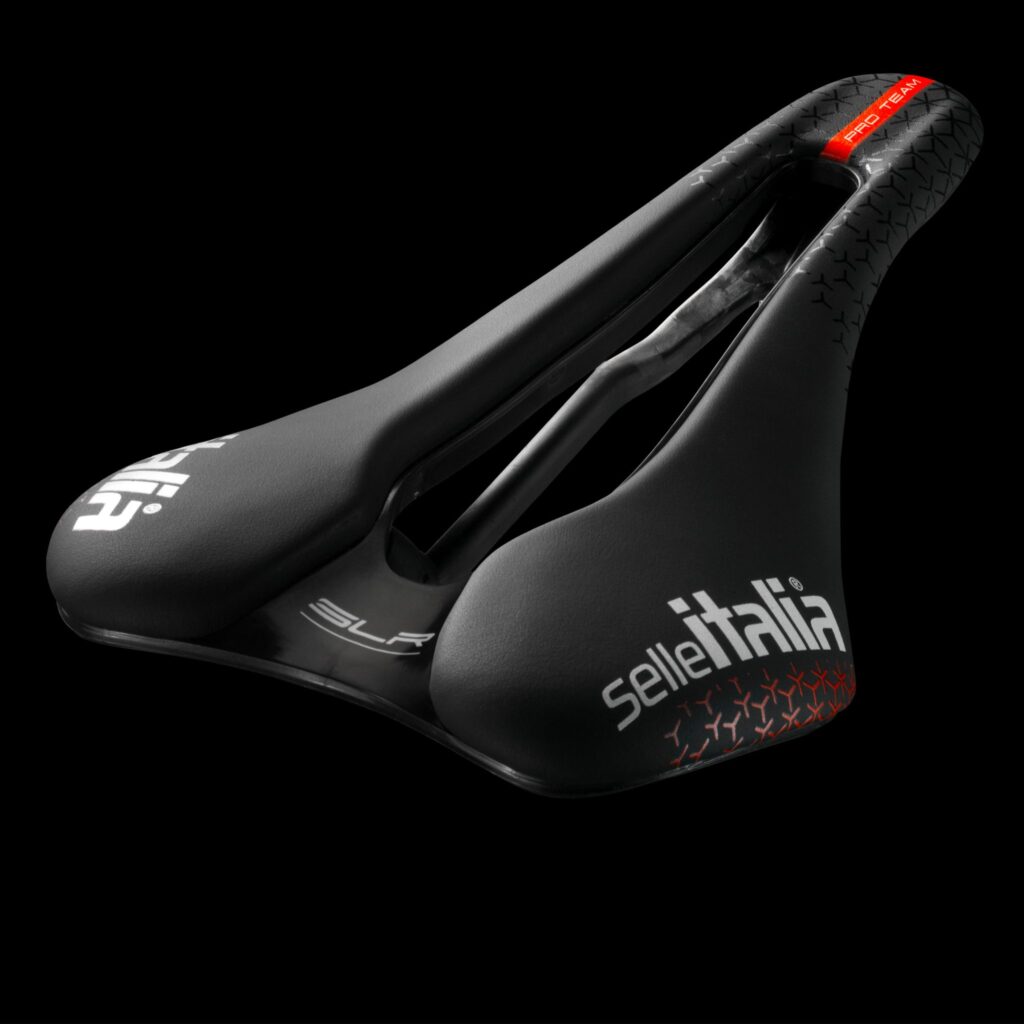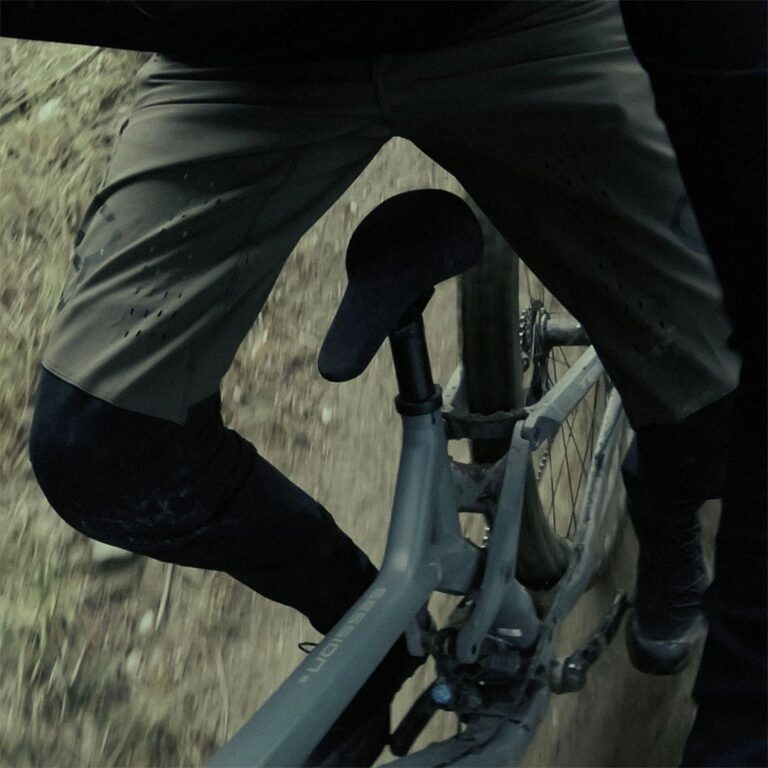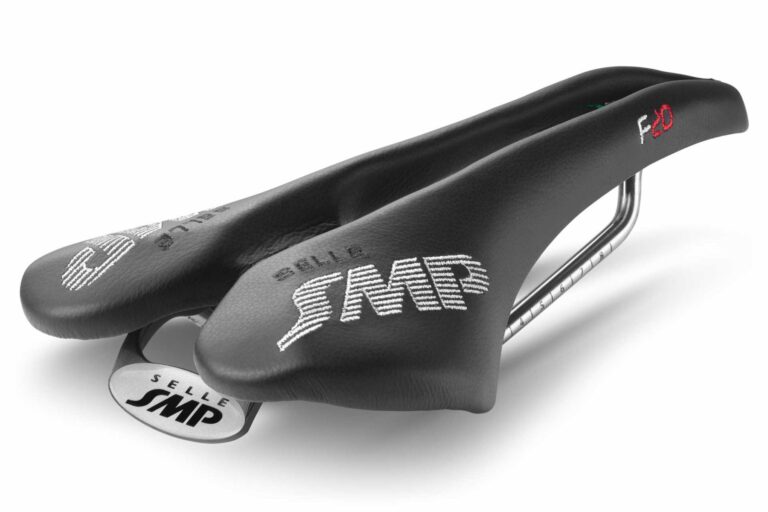From Hard Boards to Custom Comfort: Historical Development of Road Bike Saddles

Key Point Summary of Historical Development of Road Bike Saddles:
- Early Beginnings: The first bike saddles were simple, hard, and not designed for comfort.
- Leather Era: Leather saddles dominated for decades, valued for their durability and comfort once broken in.
- Introduction of Padding and Cutouts: To increase comfort, manufacturers began adding padding and designing cutouts for pressure relief.
- Materials and Design Innovation: The use of modern materials like carbon fiber and advanced ergonomics has led to lighter, more comfortable saddles.
- Personalization and Fit: Today’s saddles come in various shapes and sizes, catering to different riding styles and anatomical differences.
Throughout my years of racing and riding across various disciplines—mountain, gravel, cyclocross, and especially road cycling—I’ve developed a deep appreciation for the gear that helps us push further and ride longer. Among these, the road bike saddle holds a special place. It’s not just a piece of equipment; it’s where the majority of our body weight rests, a critical contact point between rider and machine. The history and evolution of road bike saddles is a fascinating journey, one that mirrors the broader evolution of the bicycle itself.
Early Beginnings
The very first bicycles didn’t prioritize rider comfort, and early saddles were essentially wooden boards or simple, hard leather coverings stretched over a frame. These were neither forgiving nor ergonomically designed. I remember stumbling upon an antique high-wheeler once, its saddle more a work of carpentry than comfort. It was a stark reminder of how much we take our modern conveniences for granted.

The Leather Era
For much of the early 20th century, leather saddles reigned supreme. Brands like Brooks became synonymous with quality and comfort—at least, once the saddle had been properly broken in. Those early leather saddles required a significant investment in time and care to mold to one’s unique sit bones. Breaking in a new Brooks was almost a rite of passage. I recall the meticulous care my mentor took of his saddle, an heirloom passed down and treasured, its shape a testament to the miles and the stories accumulated over the years.
Introduction of Padding and Cutouts
The quest for more immediate comfort led to the introduction of padded saddles and those with strategic cutouts designed to relieve pressure on sensitive areas. This innovation marked a significant shift in the design philosophy, prioritizing comfort and performance. The first time I switched to a saddle with a cutout, it was a revelation. Gone were the days of numbness after long hours in the saddle. It felt like the dawn of a new era in my cycling journey.

Materials and Design Innovation
The latter part of the 20th century and the early 21st century saw a rapid evolution in saddle materials and design. Manufacturers began experimenting with synthetic covers, gel inserts, and carbon fiber shells. These materials allowed for lighter, stronger, and more comfortable saddles, capable of withstanding the elements and the rigors of road racing and endurance cycling. When I upgraded to a carbon fiber saddle, the difference in weight was palpable, and the sleek design felt like a leap into the future.
Personalization and Fit
Today, the trend in saddle design emphasizes personalization and anatomical fit. With the advent of pressure mapping technology and advanced biomechanics, saddles are now designed to fit the diverse anatomy of riders, offering variations in width, curvature, and padding. The modern saddle fitting process, which I’ve gone through myself, is a far cry from the guesswork and discomfort of the past. It’s about finding the perfect match, a saddle that feels like it was made just for you.
In Summary
Reflecting on the historical development of road bike saddles, it’s clear that the journey has been driven by a relentless pursuit of comfort, performance, and innovation. From the wooden boards of the penny-farthing to the personalized, ergonomically designed seats of today, each advancement has contributed to making cycling more accessible and enjoyable for riders at all levels.
As we look to the future, it’s exciting to consider what the next chapter in this evolution might hold. With emerging technologies and materials, the road bike saddle will continue to evolve, becoming even lighter, more comfortable, and more tailored to the individual rider’s needs.
For those of us who love cycling, it’s a reminder of how far we’ve come and a promise of even better rides to come. The history of the road bike saddle is a testament to the ingenuity and passion that drives this sport forward.

Top Manufacturers of Road Bike Saddle
- Brooks England: Famous for classic leather saddles that offer exceptional durability and comfort, which improve with age.
- Selle Italia: An Italian brand celebrated for innovative designs and a wide range of saddles tailored to different cyclist needs.
- Fizik: Known for sleek designs and the Spine Concept system to ensure the perfect fit, with popular models like Arione and Antares.
- Specialized: Offers saddles with Body Geometry technology designed to improve comfort and performance by optimizing blood flow.
- Prologo: Combines technology and innovation in saddles that provide comfort and support, with popular models including Scratch and Nago.

FAQ
What is the history of bike saddles?
The history of bike saddles parallels the evolution of bicycles, beginning with the simple, uncomfortable wooden seats of the early 19th-century velocipedes. As bicycles evolved, so did saddles, transitioning from wooden designs to padded leather in the late 19th century, providing more comfort. The 20th century saw further innovations with the introduction of synthetic materials and ergonomic designs, aimed at enhancing comfort and performance for different types of cycling.
What is the historical development of the bicycle?
The bicycle’s historical development traces back to the early 19th century with the invention of the Draisine or running machine by Karl Drais in 1817. It evolved through several significant stages, including the pedal-powered velocipede in the 1860s, the high-wheeled bicycle in the 1870s, and the safety bicycle in the late 1880s, which introduced the chain-driven gear system and a frame design similar to modern bicycles. The 20th century brought technological advances in materials and design, leading to the lightweight, efficient bicycles we see today.
What is the history of the Selle Italia saddle?
Selle Italia’s history began in 1897 in Italy. It has since become one of the leading saddle manufacturers, known for its innovative designs and focus on comfort and performance. Selle Italia has been at the forefront of saddle technology, introducing features like the anatomical cutout and using materials like carbon fiber to create lightweight, durable saddles tailored to different riding styles.
Who invented the bicycle seat?
The invention of the bicycle seat as a distinct component designed specifically for riding comfort can be attributed to the early inventors of the bicycle itself in the 19th century. While Karl Drais’s running machine featured a rudimentary saddle, the development of more recognizable and comfortable bicycle seats evolved alongside the bicycle, with no single inventor credited for the bicycle seat. Innovations and improvements in seat design have been ongoing since the bicycle’s inception, reflecting advances in materials, ergonomics, and cyclist needs.






